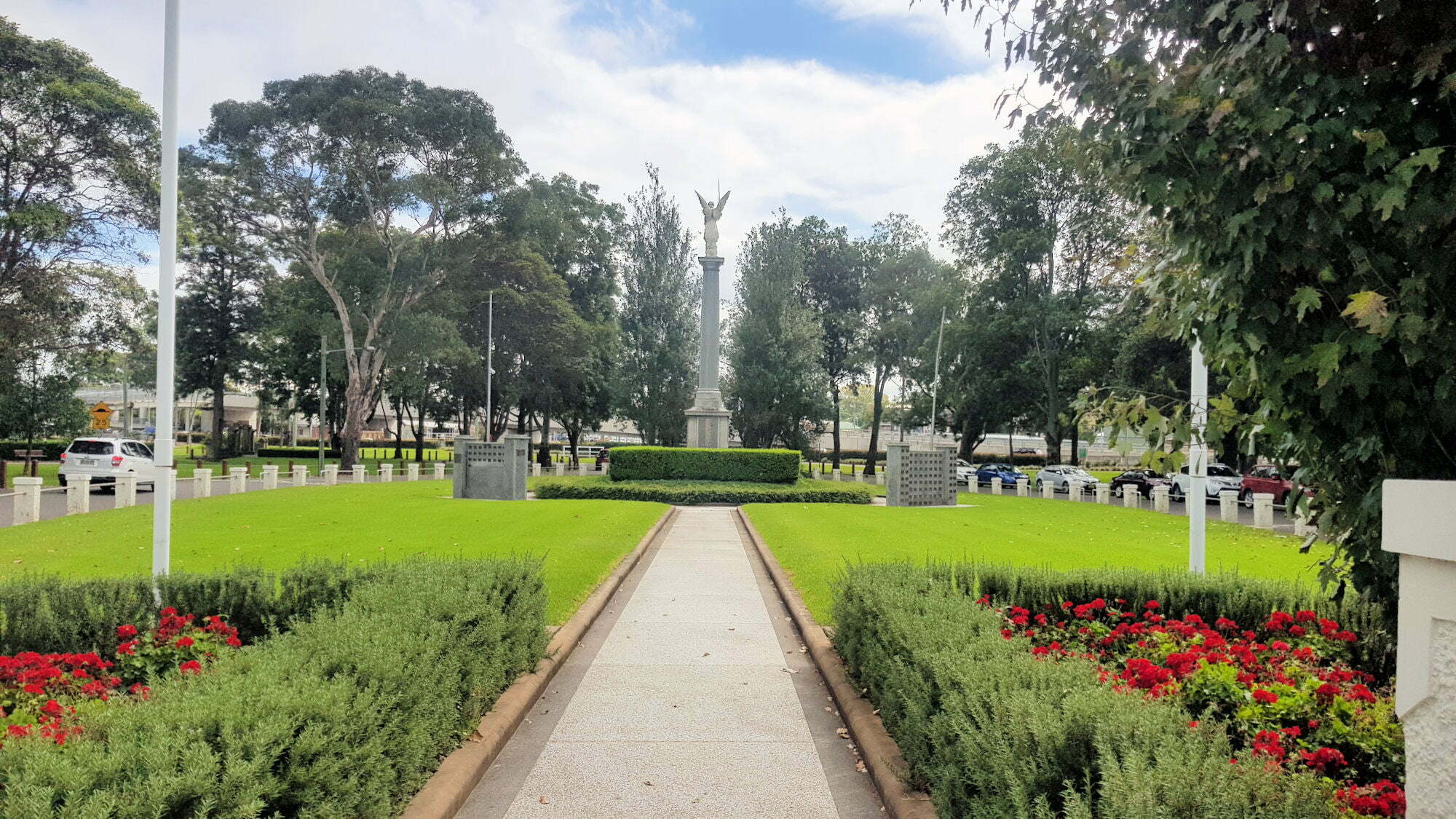Category: Memorial
-
Aberdeen New South Wales Australia

Aberdeen New South Wales Australia Famous for its annual Highland Games festival, Aberdeen, New South Wales Australia (not to be confused with the one in Scotland) is surrounded by some of the richest horse studs in Australia. Apart from the Highland Games, we hadn’t stopped here before, because we are usually driving through on our… Read more
-
Wyong New South Wales

Wyong New South Wales Australia Located on the New South Wales Central Coast, Wyong is around an hour’s drive north of Sydney, or an hour’s drive south from Newcastle. We visited to see the historic building and street art as well as visiting Alison Homestead on the outskirts of town. Our first stop was the… Read more
-
Maitland Park

Maitland Park The centre for local outdoor sports like football, netball cricket and hockey, Maitland Park also has some interesting memorials scattered around its grounds. Located in the New South Wales Hunter Valley two hours north of Sydney, plenty of parking makes access easy. St. Pauls’ Church The largest place of interest was the old… Read more